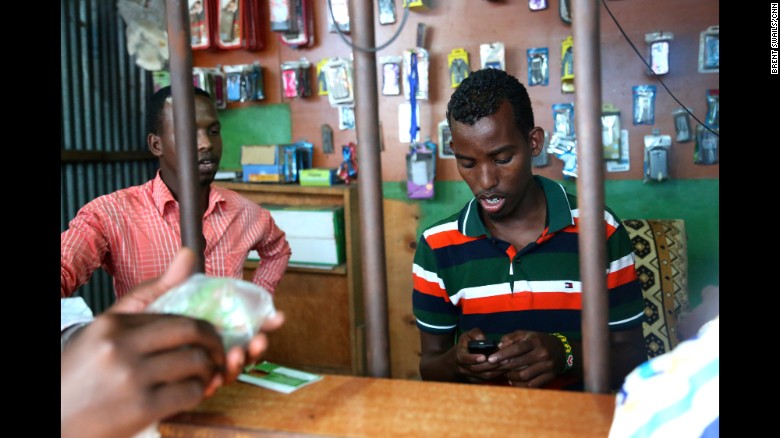
Kenya’s cholera epidemic has reached the world’s largest refugee camp and doctors worry the outbreak could continue to spread.
Seven people have died in Dadaab, in northern Kenya near the border with Somalia, since the outbreak was declared in November, the medical charity Doctors Without Borders, or MSF, said in a statement.
In the last three weeks, more than 300 patients have been admitted to treatment centers, and 30% of those patients were children under 12, according to MSF.
“We are still trying to control the spread,” UNHCR spokesman in Kenya Duke Mwancha told CNN on Saturday. UNHCR is the United Nations High Commissioner for Refugees.
Lack of proper sanitation and education of the population are among the main challenges in halting infections, Mwancha said. There are are not enough pit latrines in the camp for the size of its population, and people often allow their children play in the mud or in floodwater, he said.
Poor sanitary coverage
Treatment centers have been established throughout the camps but more resources and funding are needed, Mwancha said. “The current situation enables us to have only 50% pit latrine coverage,” he said.
The infection spreads through contaminated water or food, and is accelerated by poor hygiene and inadequate sanitation.
“The fact that this outbreak has occurred further highlights the dire hygiene and living conditions in the camp and a lack of proper long-term investment in sanitation services,” said Charles Gaudry, head of the MSF mission in Kenya.
With the rainy season making already poor living conditions even worse, doctors and volunteers are concerned the epidemic could continue to spread.
“The rains are exacerbating an already-precarious hygiene situation,” said Gaudry. “While immediate measures are now being put in place to address the cholera outbreak, it is crucial also that proper investment is made on a longer term basis to improve living conditions for refugees and prevent future epidemics.”
Dadaab is home to more than 330,000 refugees, the majority of them fleeing violence and insecurity in neighboring Somalia, according to the latest UNHCR data.
As reported by CNN
